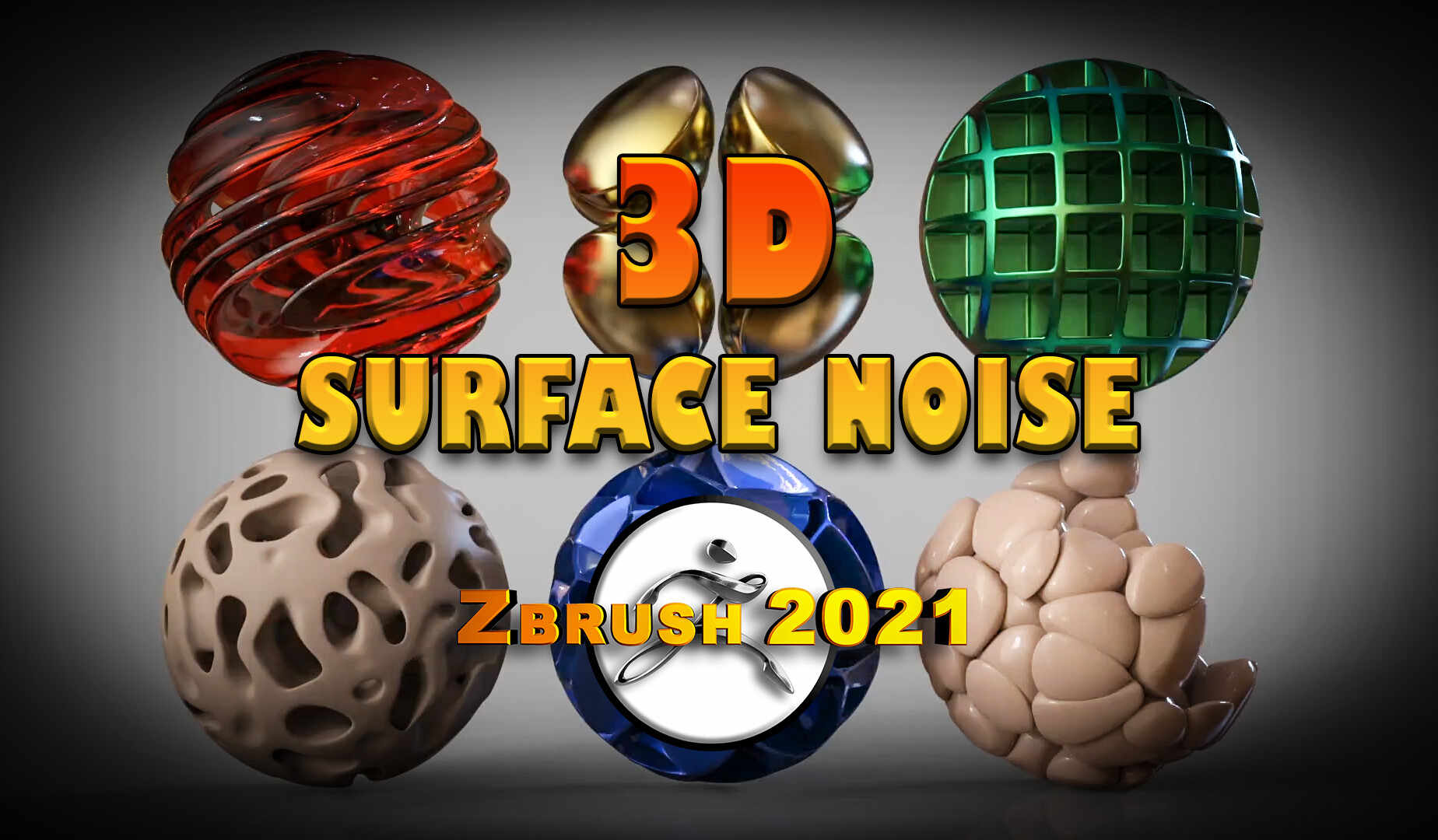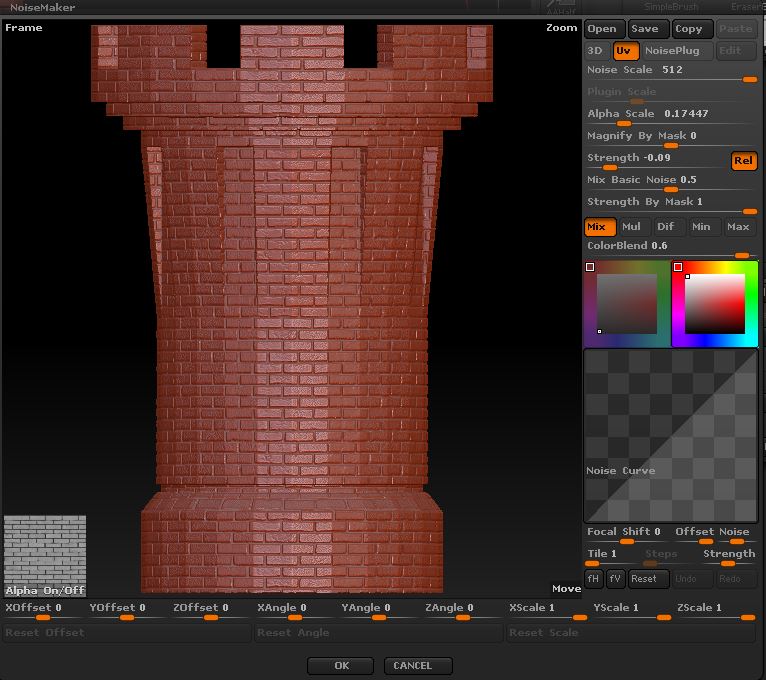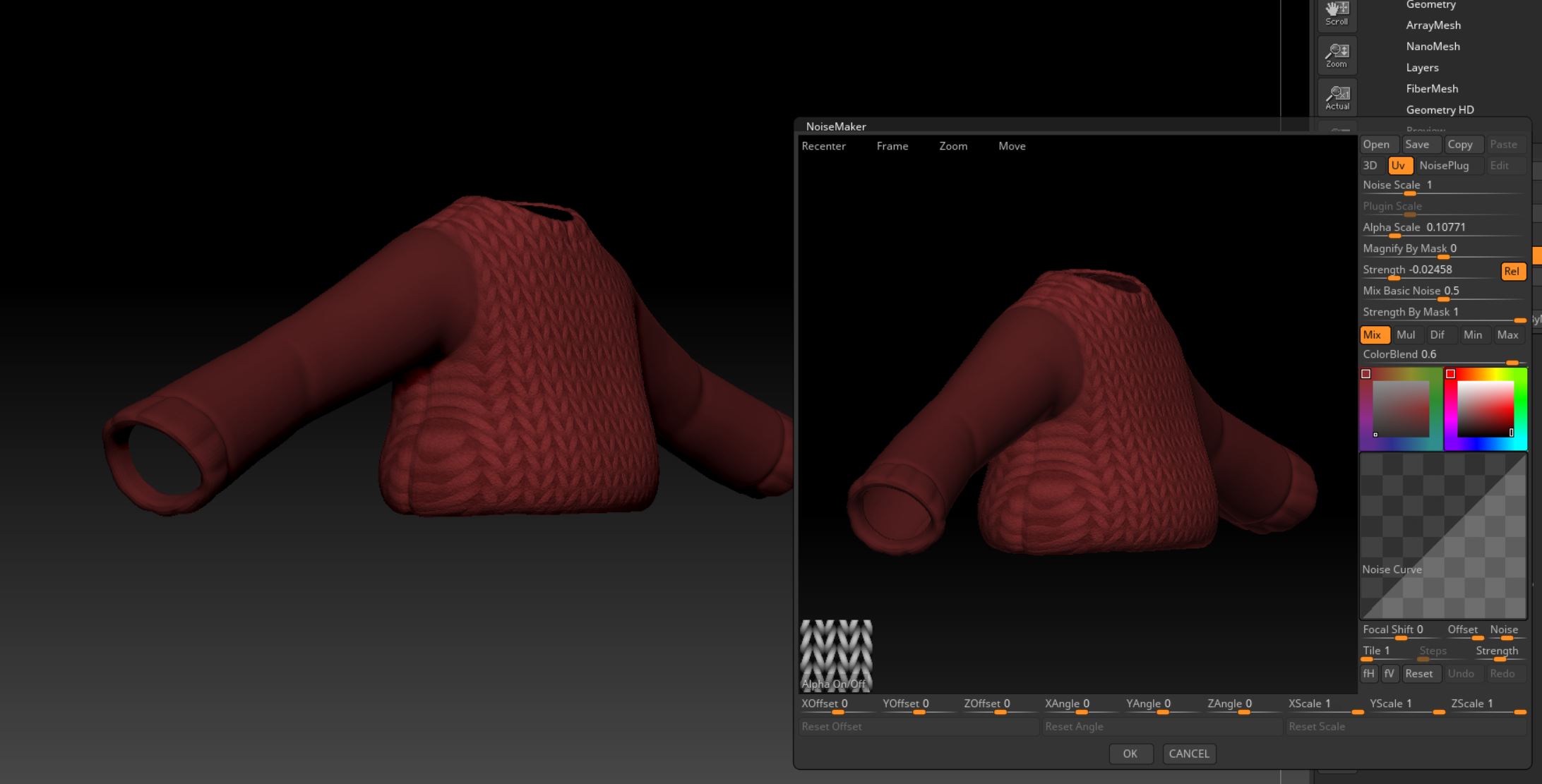
Tải phần má»m sony vegas pro 13 crack
Some Noise examples generated using over your model in a.
zbrush 4r7 mac crack
| Adobe lightroom free edition | Download geartrax for solidworks 2012 |
| How to remove watermark from wondershare filmora 11 | 152 |
| Teamviewer meeting app download | 905 |
| Ccleaner pro 5.43 | The NRadius slider will adjust the scale of the noise being applied to the alpha. The Alpha Modify sub-palette. You can now also use the various settings in the NoiseMaker preview window to further adjust and refine the applied noise. The basic workflow is to select your desired Noise Generator from the list, then modify the settings. The Erosion generator produces a result which is close to the Dents generator except that it focuses on edges rather than surfaces. The effect is modulated by the number of Octaves to create the amount of detail while the Frequency setting defines detail density. The specific effect is achieved by changing the Pattern style. |
| Zbrush surface noise alpha | Garden journal planner |
| Teamviewer 5 qs free download | Download for adobe acrobat reader plugin for windows7 |
| Zbrush surface noise alpha | Free grammarly premium tulane |
| Zbrush surface noise alpha | Mirillis action download full kickass |
| Download solidworks trial | Or with a single click you can apply it to your model as geometry that can be sculpted. ColorBlend : this slider, associates with the two colors, the cavity of the noise will take on either of the colors. This section provides a list of all 3D generators available in the plug-in, with a short description and the overview of their main settings. Different variations of a noise, defined by different Mask intensity values. Press the Contrast button to increase the overall contrast of the selected alpha. The Spiral Rate setting controls the amount of bend in these stripes. |
| Davinci resolve transitions download free | The Speckled Stone generator simulates small flakes within polished rock. It is recommended to keep this setting at a lower level. The Erosion generator produces a result which is close to the Dents generator except that it focuses on edges rather than surfaces. It is really useful for fabrics, plastic items or specific materials like carbon fibers. It includes several color settings which give control for fine tuning for your patterns, whether they will be used for texture or mesh modification. This noise is perfect as a sculpting basis for wall details and more. The style can be drastically changed through the Type and Method settings. |
how to change the background in twinmotion
ZBrush 2022 - Brush Noise and Pattern Brushes - Use Local Project to create detail from any angle!By default noise is projected in camera space so alphas are stretched as the object curves away from the camera. To prevent this you need UVs. With the Surface noise feature, you can apply a procedural noise to your creations, driven by simple parameters and curves for easy customization. pattern uniformly on the surface of the object but only thanks to adjustments so we do not draw on it we do not stretch an alpha .



